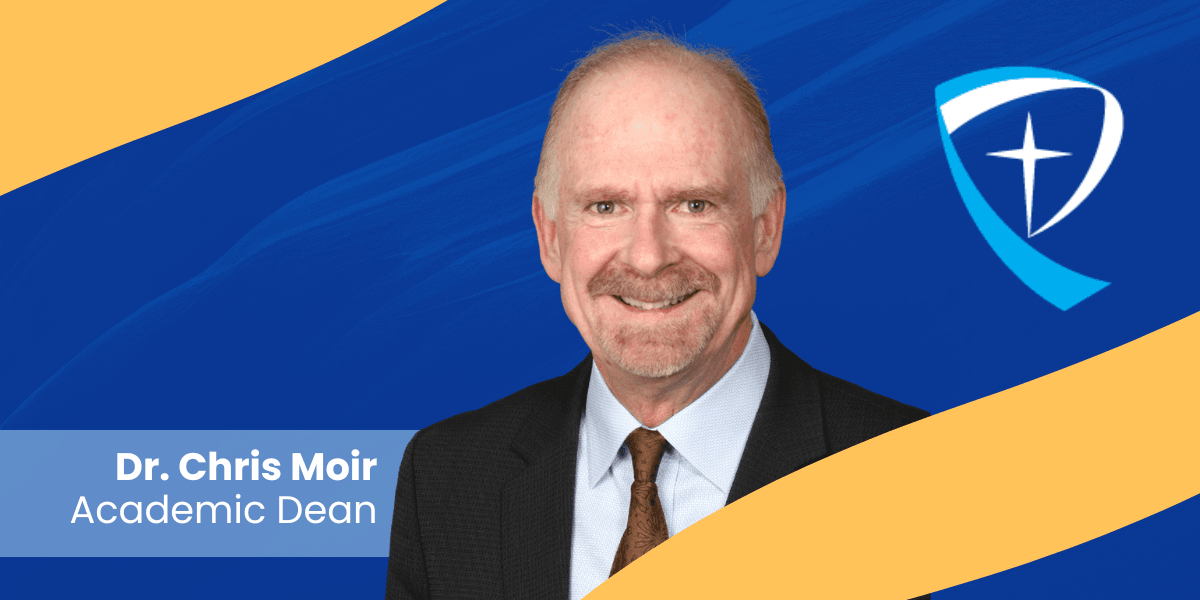
The guy coming straight at me was at least 40 kg heavier but I stood my ground. We were the junior champions and this mass of destruction was not going to shatter our defensive line. He was an “old boy”, a famous graduate who had returned with other alumni to challenge us. I was going to stop him. No matter that he was a professional fullback, an athlete recently retired from American football. No matter he weighed a good 120 kg. He was out of shape. We kids were in top form. And no matter he had just scattered the flailing bodies of my still-champion teammates to the sides of his stumping charge. I tackled him anyway. In perfect obedience to instruction, head-lowered into his chugging bulk, I rammed shoulder-first into his legs while shooting bench-pressed arms around him. This behemoth was going to go down. Then, in the last microsecond before contact, I saw his knees come impossibly high to his chest, battering forward with unbelievable strength into every exposed cm of my fully committed body. This thumping force of a man hit like a rock…actually two rocks…alternately smashing my arms, face, chest and legs with his knees as he hammered me to the ground. I’d never been hit that hard. Shorn neurons discharged as he first coup’d me head-on and then contra-coup’d my shocked brain on the way to the ground as his trajectory was barely slowed by the speed bump that had been me. Rolling up, I saw through flashing stars that no one else remained to stop this juggernaut of inevitability. So, I got up and ran to tackle him again. This time he simply dragged my clutching body across the goal line to end my youthful hubris.
The fans cheered and I was humiliated. There’s nothing like getting off the ground as people celebrate the opponent while your teammates remain an unfocussed blur at the far, far end of your skid marks in the turf.
What next? With no time for sorrow or recrimination, the game went on. By then, embarrassment had turned to frustration and then to the realization I’d never encountered anything like him. I and our team could do better. We’d get this guy.
The chance never came. After that run, the fullback left the game. I like to think he expended everything trying (successfully) to pulverize me. But for a few infamous minutes, he showed us what it meant to be a professional athlete. He also taught a young confident team there are hard lessons ahead. Lessons that warn of forces greater than our ability. Of times we won’t succeed. For surgeons, that meant not always will we do good. Not always will our best plans work. Sometimes, and in some places, we will lose a lot of patients. How we deal with such losses will define us as much as the accomplishments. Paradoxically, losing might even make us whole.
In surgery, we call those public moments of loss, M&M rounds. Standing in front of your colleagues is like climbing out of the mud while the crowd looks on. There, your every move is described in every disturbing detail. Worse, it’s a patient who’s had the complication, not you. It’s far more serious than a game lost. You wouldn’t be human if their pain didn’t affect you. But you wouldn’t be a surgeon if you didn’t walk straight to that podium and pledge to do better. No matter what the disease and how overwhelming it was, no matter whether the labs were abnormal or whether some other factor let you and your patient down; improvement is always possible. And you won’t be alone. At M&M, surgery becomes a shared profession, a mutual understanding of our terrible responsibility and the acceptance we don’t always succeed for our patients. Instead, we learn from each other and move on with hard, painful wisdom.
In the long discipline of surgery we place our hope in reporting systems to identify error and analyze trends. We benchmark across the profession and learn best practices. We engage teams in quality and safety initiatives. We step up and move forward. It’s what we do, what we teach, and what we celebrate. And yet, sitting there in rounds, a nagging sense of futility can worry apart these constructs of healing to uncloak the awful pain we so desperately wish to conceal. At some point, the bowel obstructions recur, the perforations are too devastating and the cancers too advanced. Like the American football player, there will always be a bigger opponent, always defeat. At some point, our patients’ suffering will profoundly affect how we think and act.
In PAACS we call this discipleship. M&M is not a fragile truce in an unending battle. We teach systems and analysis, but disciple hope and courage. Through mentorship and in love, we learn that honesty and confession will bring us and our patients closer to the kingdom that will stand forever, despite opponents that seem invincible. (Dan 2:44). Ours is a shared discipleship, a forgive as we forgive reciprocal acknowledgment of forces well beyond us. Tribulation, perseverance, character, and hope is the PAACS way; discipling each other to be Christ-like servants (Rom 5:3-5). Yes, perforations, obstructions, and cancer will recur, but hope will never fail. The kingdom is assured. Knowing this, we become surgeons of faith who can see the best from our discussions. M&M is a brief moment of deep opportunity to see God. Beaten and exposed on a field of defeat, we learn caring is never unilateral. We give but only because God gave first. We are strong and we have courage because the strongest and most courageous of us died so that we, and all we care for, might live. Through loss, we become whole.
At the end of the day, the only way our patients are healed is if we are too.
Christopher Moir, MD
PAACS Academic Dean

